Churches in Regensburg
A side view of Dom St. Peter, the first Gothic church on this cruise. Its building began after 1260 and the major part of the work was completed by 1525, except for the spire added in the 19th century.
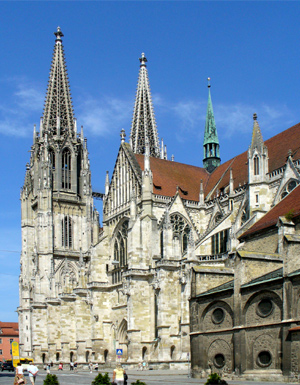
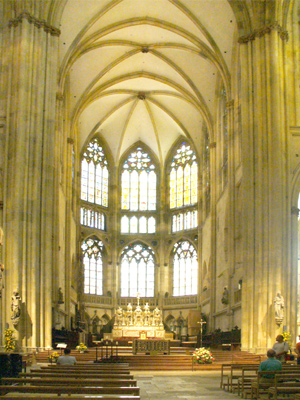
The interior of the church, which is 279 feet long and 105 feet high.
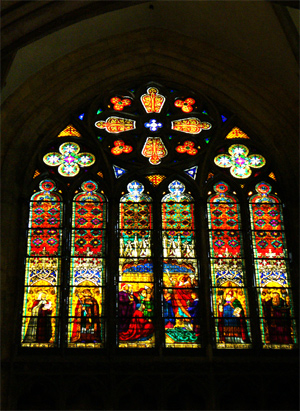
The stained glass is 14th century.

The front of the cathedral.
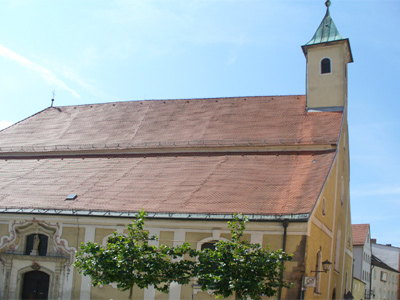
In contrast, Elizabeth and I also visited other churches in Regensberg. The first was the old Kassienkirche, a Romanesque church.
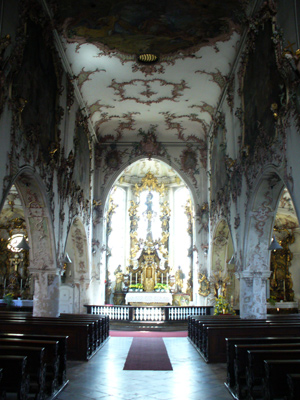
It had later (18th Century) Rococo decoration.

Next was the Alte Kapelle, a much brighter basilica. It was originally Carolingian but was transformed to Rococo in the 18th century.
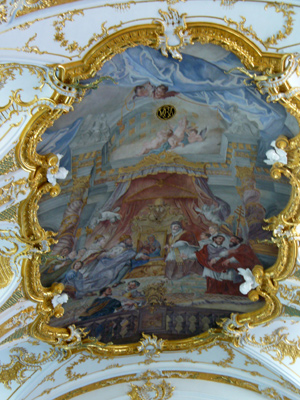
The ceiling paintings were clear and the surrounding gold stucco work was exceptional.
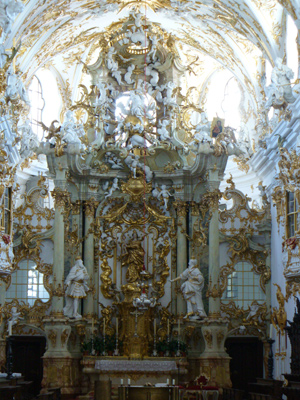
The ornate altar.

A side view of the gold stuccowork.
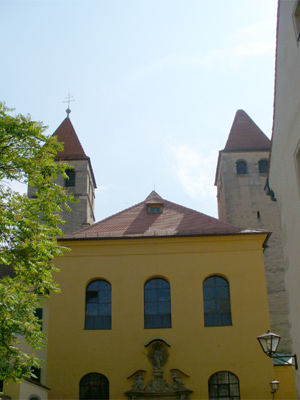
The Niedermunster, a Romanesque basilica with two towers.
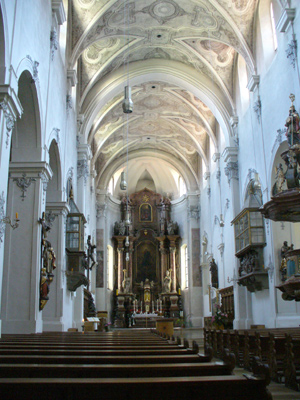
The interior was also 17th-18th century, but not nearly as light or bright as the Alte Kapelle.

